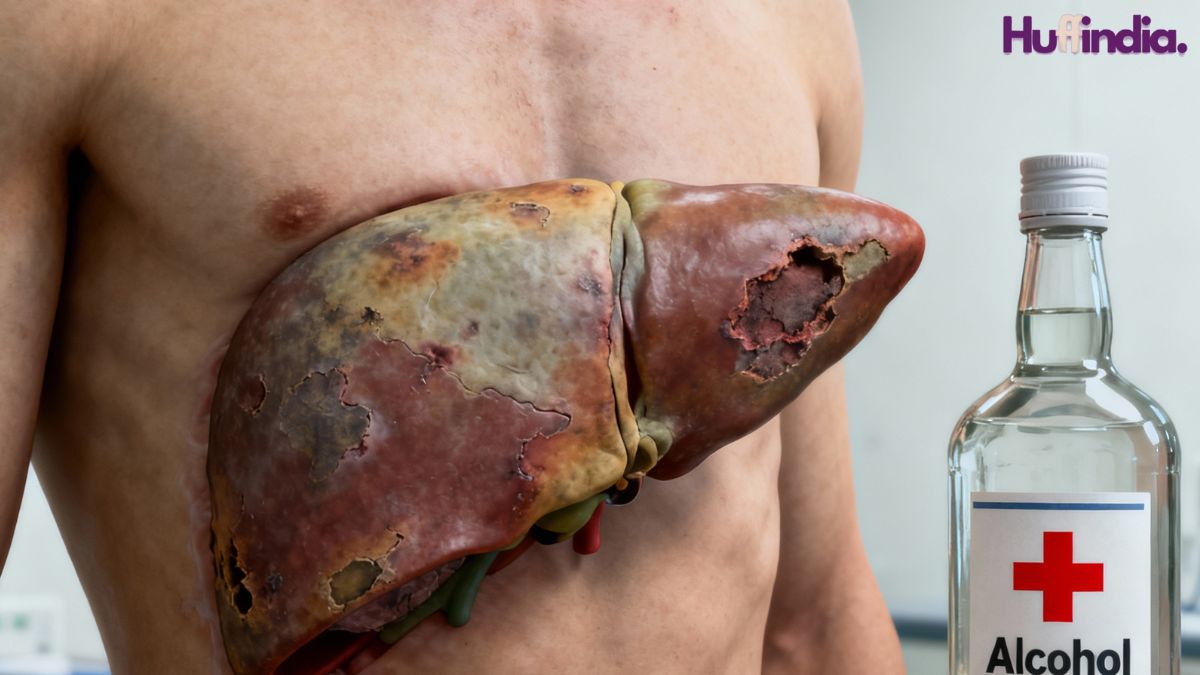Heavy drinking can lock the liver into a non-regenerative “limbo,” making damage irreversible even after sobriety. Early intervention and medical treatment are critical to prevent permanent harm.
How Alcohol Hijacks Liver Regeneration
The liver is uniquely capable of regenerating lost tissue, but chronic alcohol abuse can disable this vital function. Researchers at the University of Illinois Urbana-Champaign, Duke University, and the Chan Zuckerberg Biohub Chicago found that excessive alcohol intake induces runaway inflammation, which disrupts RNA splicing in hepatocytes. As a result, liver cells get trapped in a semi-functional state—unable to mature into fully working cells or to revert to progenitor cells that rebuild tissue.
The “Repair Limbo” Phenomenon
Under normal conditions, healthy hepatocytes proliferate to replace damaged areas. In alcohol-related liver disease, however, cells attempt to enter repair mode but stall halfway:
- They lose full metabolic function.
- They fail to activate stem-like proliferation pathways.
This “in-between” state adds stress to remaining functional cells and stalls regeneration, explaining why some livers cannot heal despite total alcohol abstinence.
Stages of Alcohol-Related Liver Disease
Alcohol-related liver disease (ARLD) progresses through three main stages:
- Steatosis (Fatty Liver): Early, reversible accumulation of fat in liver cells.
- Alcoholic Hepatitis: Inflammation and cell injury. Mild cases may reverse with abstinence; severe cases risk liver failure.
- Alcoholic Cirrhosis: Advanced fibrosis and scarring. Damage is largely irreversible, leading to portal hypertension and liver failure.
Once cirrhosis sets in, stopping alcohol can prevent further damage but cannot undo existing scar tissue.
Why Early Abstinence Matters
Although the liver can begin to repair itself within days of quitting alcohol, recovery timelines vary greatly:
- Weeks to Months: Reduction in inflammation and normalization of liver enzymes (AST/ALT) typically occur within 4–8 weeks of sobriety in mild to moderate cases.
- Months to Years: In individuals with moderate fibrosis, significant regeneration may take months or years, provided ongoing abstinence and supportive care.
- Irreversible Damage: In alcoholic cirrhosis, fibrotic changes become permanent. Transplantation remains the only definitive treatment for end-stage disease.
Emerging Therapeutic Insights
The Nature Communications study points to novel treatment avenues: by blocking inflammatory signals that scramble RNA splicing, researchers restored regenerative capacity in lab models. Targeting these pathways could offer alternatives to transplantation for patients with advanced ARLD.
Practical Steps to Support Liver Health
To maximize liver healing potential and prevent irreversible damage:
- Quit Alcohol Early: The sooner drinking stops, the greater the chance of full recovery.
- Medical Monitoring: Regular liver function tests (AST/ALT), imaging, and specialist care help track healing.
- Anti-Inflammatory Strategies: Emerging therapies may block signals that trap cells in repair limbo.
- Nutritional Support: A balanced diet rich in antioxidants and essential nutrients supports regeneration.
- Manage Comorbidities: Control obesity, diabetes, and viral hepatitis to reduce additional liver stress.


























